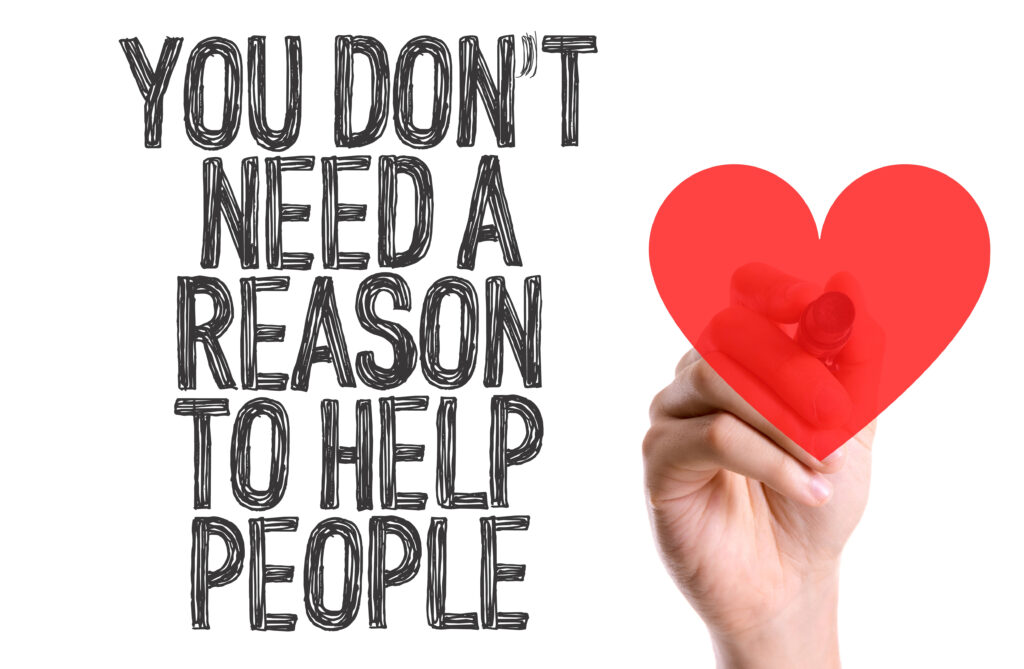Neuroscience suggests two specific activities may be key to the feeling of happiness.
Read the article and decide if the sentences below are true or false:
https://www.inc.com/marcel-schwantes/your-happiness-at-work-may-come-down-to-2-simple-choices
1. Positive psychology aims to help people lead lives that are both meaningful and happy.
2. The author believes that happiness can be achieved quickly with minimal effort.
3. Generosity has been shown to increase happiness even if the generous act is not actually performed.
4. The study involving $100 showed that spending money on oneself leads to greater happiness than spending it on others.
5. Acts of kindness in the workplace benefit both the giver and the receiver.
6. The study at Coca-Cola’s Madrid site found that receivers of kindness reported fewer depressive symptoms than givers.
7. Encouraging kindness in the workplace can lead to a positive cycle that benefits the entire organisation.
Key: 1. T; 2. F; 3. T; 4. F; 5. T; 6. F; 7. T
Glossary
- sustainably – in a way that can continue over a period of time
- ingrained – firmly fixed or established
- embark on – to begin (something that will take a long time or happen for a long time)
- martyr – a person who undergoes severe or constant suffering
- to rub off – to have an effect through close association or contact, esp so as to make similar
Practice makes perfect
Fill in the gaps in the article extract with the verbs below.
emerge take advantage afford boost underestimate
involve brighten examine give away expect vary
Scientists who study happiness know that being kind to others can improve well-being. Acts as simple as buying a cup of coffee for someone can 1. ………….. a person’s mood, for example. Everyday life 2. …………s many opportunities for such actions, yet people do not always 3. ………………….. of them.
In studies published online in the Journal of Experimental Psychology: General, Nicholas Epley, a behavioral scientist at the University of Chicago Booth School of Business, and I 4. …………ed a possible explanation: people who perform random acts of kindness 5. …………….. how much recipients value their behavior.
Across multiple experiments 6. …………ing approximately 1,000 participants, people performed a random act of kindness—that is, an action done with the primary intention of making someone else (who isn’t expecting the gesture) feel good. Those who perform such actions 7. ………… nothing in return.
From one situation to the next, the specific acts of kindness 8. …………ed. For instance, in one experiment, people wrote notes to friends and family “just because.” In another, they 9. ………. cupcakes ………..(Past Simple). Across these experiments, we asked both the person performing a kind act and the one receiving it to fill out questionnaires. (…) In all cases, we compared a given performer’s expectations of the recipient’s mood with the recipient’s actual experience.
Across our investigations, several robust patterns 10. …………ed. For one, both performers and recipients of the acts of kindness were in more positive moods than normal after these exchanges. For another, it was clear that performers undervalued their impact: recipients felt significantly better than the kind actors expected. The recipients also reliably rated these acts as “bigger” than the people performing them did. (…)
These findings suggest that what might seem small when we are deciding whether to do something nice for someone else could matter a great deal to the person we do it for. Given that these warm gestures can enhance our own mood and 11. …………. the day of another person, why not choose kindness when we can?
Key: 1. boost; 2. affords; 3. take advantage; 4. examined; 5. underestimate; 6. involving; 7. expect; 8. varied; 9. gave (cupcakes) away; 10. emerged; 11. brighten
In order to read the whole article, go to: https://www.scientificamerican.com/article/kindness-can-have-unexpectedly-positive-consequences/
Discuss
- How does positive psychology differ from traditional psychology, which often focuses on diagnosing and treating mental illness?
- Can you think of a personal experience where being generous, or even planning to be generous, made you feel happier? How did it impact your mood?
- In your opinion, what makes the pay-it-forward concept so powerful? How does it influence both the giver and the receiver in a workplace or community setting?
- How do you think encouraging acts of kindness in the workplace could improve job satisfaction and overall team morale? Can you think of ways to implement this in your current or future workplace?
- Reflecting on the text, how might you incorporate more acts of generosity and kindness into your daily life? What small steps could you take?
Watch and revise!
The Power of Generosity at Work!
https://www.cloud.worldwideschool.pl/index.php/s/g6P7CHtFz9W4Epa
(4992)






